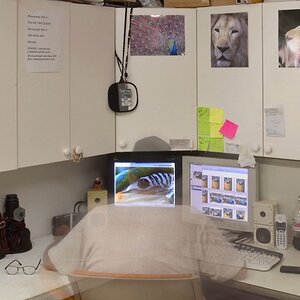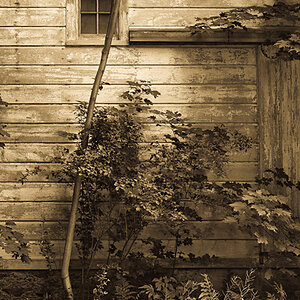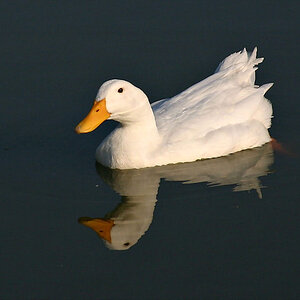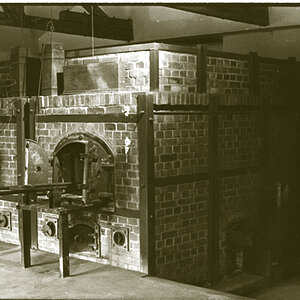timor
Been spending a lot of time on here!
- Joined
- Feb 28, 2011
- Messages
- 5,905
- Reaction score
- 890
- Location
- Toronto ON
- Can others edit my Photos
- Photos NOT OK to edit
Similar feelings here.I never use Photo-Flo and consider it to be one of the worst menaces of B&W photography.


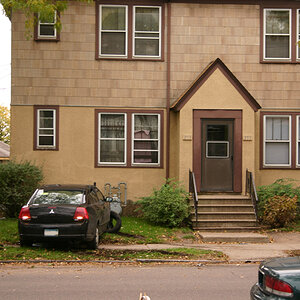

![[No title]](/data/xfmg/thumbnail/38/38727-8e7c94a88000531231f3040ce330aced.jpg?1619738702)
